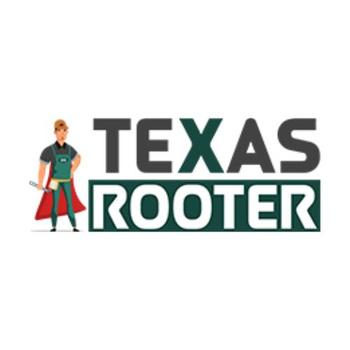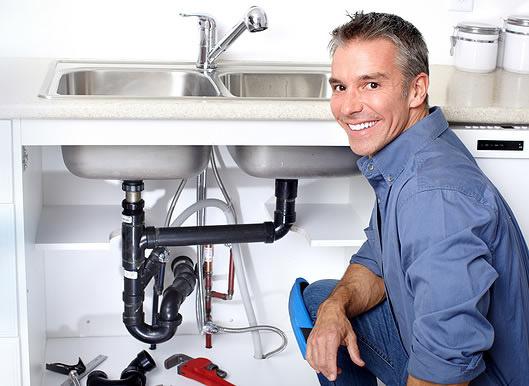






A Clogged Drain Line can be a frustrating and inconvenient problem to deal with. Whether it's a blocked kitchen sink, a backed-up toilet, or a sluggish bathtub drain, a clog can disrupt your daily routine. While minor clogs can often be resolved using basic DIY techniques, more severe blockages may require the expertise of a professional plumber. In this article, we will discuss how to fix a clogged drain line and explore the tools commonly used by professional plumbers.

When attempting to clear a clogged drain line, there are a few methods you can try before calling a plumber. One popular approach is to use a plunger, which can create suction and dislodge the blockage. For tougher clogs, a plumbing snake or auger may be required. These tools are long, flexible wires that can be inserted into the drain line to break up or retrieve the obstruction. Chemical drain cleaners are another option, but they should be used with caution and according to the manufacturer's instructions.
If these DIY methods prove ineffective, it's advisable to contact a professional plumber. Plumbers have access to specialized tools and equipment that are designed to tackle even the most stubborn clogs. One such tool is a drain snake or drain auger, which is typically more robust and powerful than a standard homeowner-grade auger. These tools can navigate through the drain line, breaking up or removing blockages more effectively.

Professional plumbers use a variety of tools to address different types of clogs and plumbing issues. Here are some of the common types of tools used by professional plumbers:

Plunger: A plunger is a basic tool used to create suction and dislodge clogs. It is commonly used for clearing clogs in sinks, toilets, and bathtubs.
Pipe Cutter: A pipe cutter is used to cut through pipes cleanly and accurately. It is an essential tool for replacing or repairing sections of pipe.
Drain Snake/Auger: A drain snake or auger is a long, flexible wire used to break up or retrieve blockages in drain lines. It can navigate through pipes and effectively clear obstructions.
Pipe Wrench: A pipe wrench is a specialized tool used to grip and turn pipes, fittings, and other plumbing components. It provides a strong grip and allows plumbers to tighten or loosen connections.
Adjustable Wrench: An adjustable wrench, also known as a crescent wrench, is a versatile tool used for tightening or loosening nuts and bolts of different sizes. It is commonly used in plumbing for various applications.
Pipe Threader: A pipe threader is a tool used to create threaded ends on pipes. It is often used when installing or repairing threaded pipe connections.

Pliers: Pliers are versatile hand tools used for gripping, bending, and cutting. They come in various types such as slip-joint pliers, needle-nose pliers, and channel-lock pliers, which are all useful in different plumbing tasks.
Teflon Tape: Teflon tape, also known as plumber's tape, is a thin, white tape used to create watertight seals on threaded pipe connections. It helps prevent leaks in plumbing systems.
Hydro Jetting Equipment: Hydro jetting equipment utilizes high-pressure water to clear out stubborn clogs and debris in drain lines. It is particularly effective for removing grease, mineral deposits, and tree roots.
Video Inspection Equipment: Video inspection equipment consists of small cameras mounted on flexible cables. Plumbers insert these cameras into pipes to visually inspect and locate clogs or other plumbing issues. It helps in accurate diagnosis and planning the appropriate course of action.

In conclusion, while minor drain clogs can often be resolved using simple DIY methods, severe or persistent blockages may require the expertise of a professional plumber. These professionals have access to specialized tools such as drain snakes, hydro jetting machines, and video inspection equipment, which enable them to effectively diagnose and fix clogged drain lines. If you're facing a stubborn clog, it's best to rely on the skills of a professional plumber to ensure a thorough and lasting solution.
